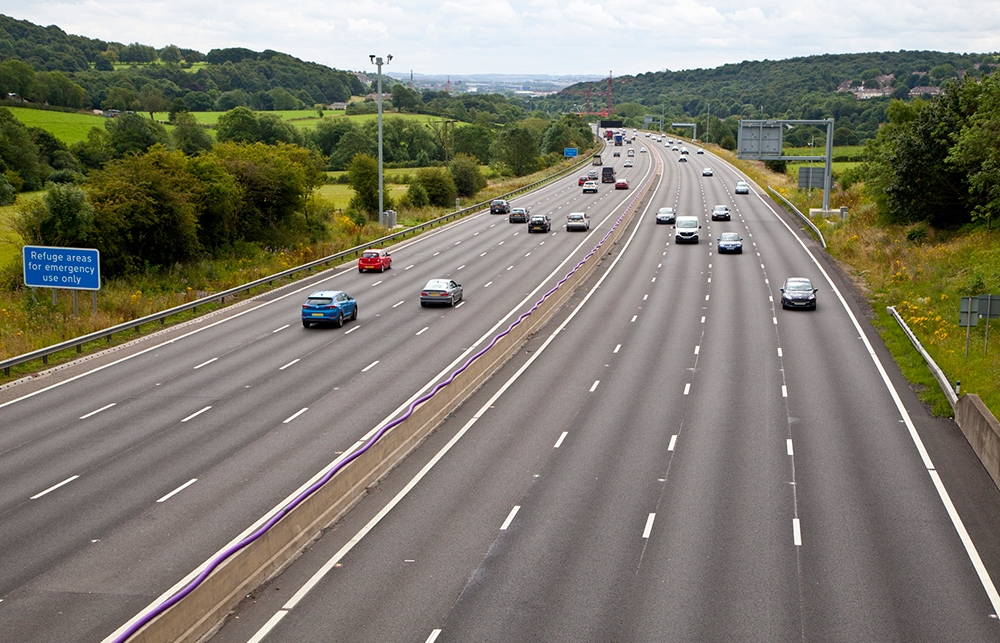In 2015, Holborn Underground station was suffering from serious overcrowding at peak hours, with a bottleneck forming in the space leading to the escalators. So Transport for London tried an experiment. Abandoning the usual ‘stand on the right, walk on the left’ convention, they placed signs on two of the three ascending escalators instructing people on both sides to stand.
Outrage followed. But the experiment worked. Escalators with passengers standing transported an average of 151 people per minute, compared with 115 for the dual-use escalator.
People cannot all walk up an escalator in strict lockstep for fear of ending up on the sex offenders register
You can see why people objected: it is counterintuitive to the point of seeming daft. If you walk you spend less time on the escalator and get to the top quicker, right? So if more people walk, surely crowds are reduced? Yet, like a modern-day Aesop, here was Transport for London suggesting that more haste meant less speed.
In this case it was right. There are at least two reasons for this. First of all there is a hidden asymmetry in the decision to stand or walk. While everyone who can walk is capable of standing, not everyone who can stand is capable of walking. Holborn’s escalators are extremely long, and even those people capable of schlepping the whole way up will be reluctant to do so if their pace is slower than average, to avoid tutting from the impatient walkers behind them.
Secondly, there is a question of density. Part of this is caused by the problem above, where sizeable gaps appear in the left-hand lane as less energetic people shuffle rightwards. But there’s also a more practical question. People cannot all walk up an escalator in strict lockstep for fear of ending up on the sex offenders register: a single misstep might lead to inadvertent frottage. The Band of the Grenadier Guards might be able to manage this feat; normal humans can’t. This means that walkers leave gaps between them that standers don’t.
There is a similar finding with road traffic: 30 mph is roughly the optimum speed for getting the greatest number of vehicles past a point in any given time. Obviously if we could drive bumper-to-bumper at 80 mph, this would be faster, but we can’t.
For more such counterintuitive findings of when ‘slower is faster’, I can recommend a 2015 paper by the complexity scientists Carlos Gershenson and Dirk Helbing. Examples they cite include findings from the evacuation of buildings, silicon chip manufacture, logistics and bus timetabling. I would add smart motorways to this list – and in doing so, I am probably the only person in the media ever to write in their support. Here, as with the Holborn station experiment, there is a good case to ignore public opinion, because, as at Holborn, it’s possibly wrong.
First of all, it will never seem obvious to a motorist that being forced to slow down to 50 mph may speed up their overall journey time: the speed limit is visible whereas the gridlock it prevents is not. Secondly, as with Holborn, there is a huge asymmetry in perception. When smart motorways work, no one notices: ‘Thanks to the smart motorway, I avoided gridlock and got home early,’ said no headline ever. The costs are visible, the benefits are hidden. In that way, smart motorways fall into the same perceptual distortion field as preventive medicine or pro-active policing, where it’s easier to get credit for solving a problem than for preventing one arising.
Besides, everyone hates new traffic ideas at first. I can remember a brief time in the mid-1970s when my mother was driven to apoplexy by the sight of a mini-roundabout. Again, the weirdness was annoying, but the benefits were hard to comprehend. You didn’t see the queue of traffic which was no longer there. Ten years later, everyone had become familiar with the principle and the whining stopped.






Comments